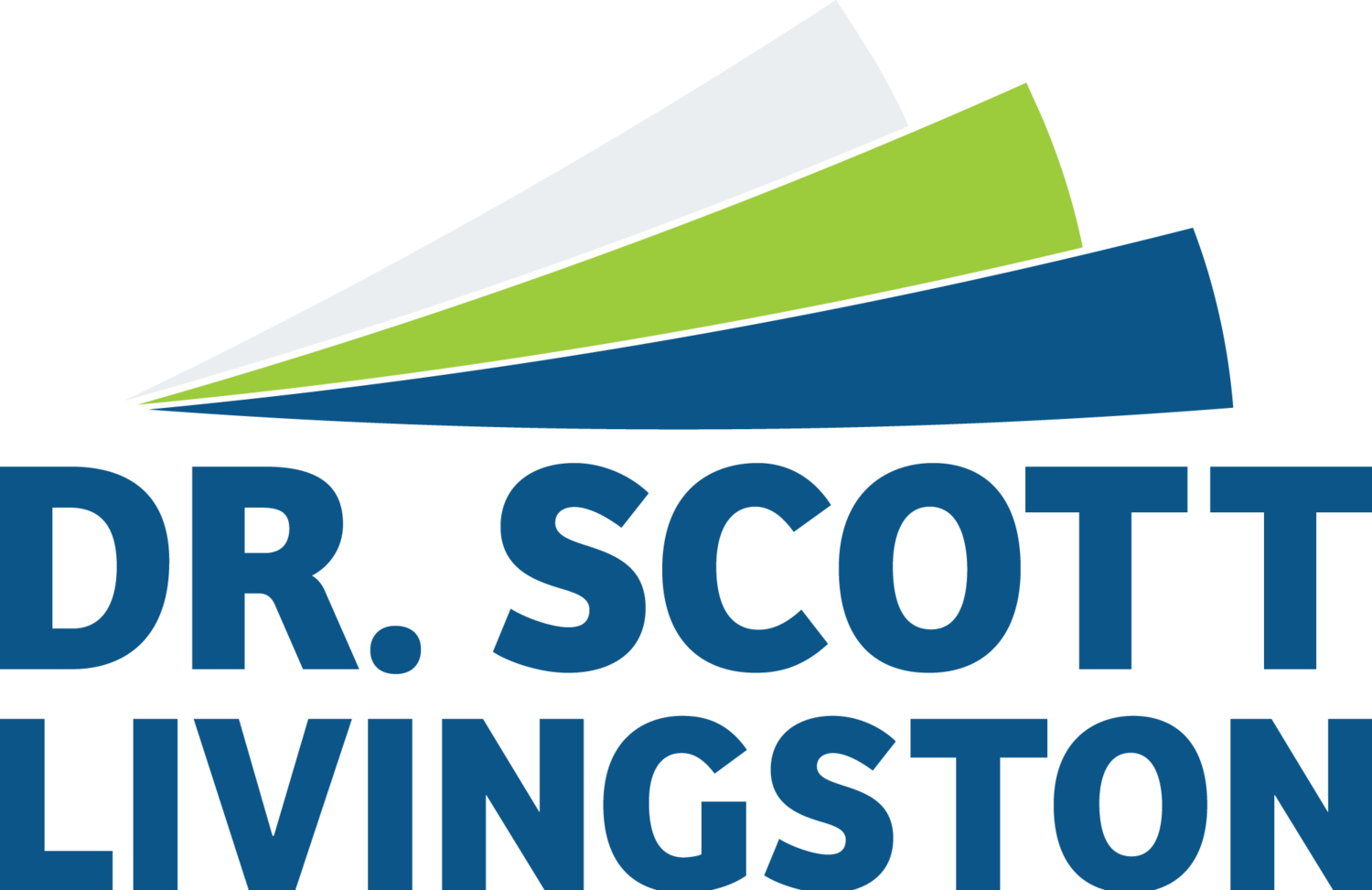I’d like to share a story about an inexperienced leader named Charlie. He shows up to work early and stays late. He’s motivated to move from an individual contributor into his first front-line leader role, but he’s not sure how to make that happen. He’s getting grief from his wife for working weekends, and his heavy workload doesn’t ever seem to ease up. How can he move into a leadership role if he’s buried in his current role?
Charlie’s organization is offering a course on Leading with Emotional Intelligence and his boss is encouraging him to attend the class. Charlie feels conflicted. According to research, if Charlie puts this training in the form of a goal that has a useful future orientation, he is more likely to get the results he is looking for, rather than to put the goal in some prevention connotation.
Research published in the Journal of Leadership and Organizational Studies (Sadler, T., Gibson, S., Reysen, S. (2017), reports the effect of a leadership training program on consideration of future consequences. (Journal of Leadership and Organizational Studies, 10(4), 35-42.)
To operationalize this a bit, let’s say that you have a team of leaders who are all functional experts; Human Resources, Engineering, Information Technology, Sales, Manufacturing, Marketing, Finance and so on. This team, in the past, while getting along personally, has conformed to operating in silos. Each person does a great job of representing their own function to the face of the organization, but as a team, they struggled to get the synergy that would propel them to the next level.
The sales leader was always trying to maximize sales and didn’t understand why Marketing couldn’t supply the customer segmentation data fast enough. And why did it take Engineering so long to get the prototype built and delivered to the client? Engineering, on the other hand, was frustrated with Supply Chain who just couldn’t get realistic estimates on how much materials were actually going to cost.
The president of the organization, realizing the leaders were all doing a great job of representing their individual role, needed to function better as a team. She was encouraged by a colleague to explore the idea of a training program that would focus on team building.
But would it be successful? Would the organization get synergy from the team development so that the return on the investment would be positive for shareholders?
A good question. A fair question.
Turns out the data is a little mixed on what should be expected.
A Little Background
It is no secret that organizations spend billions of dollars every year on training people in their organizations. Everything from skill-based training, like how to weld two pieces of metal together, or how to write computer code. From more leadership-oriented topics like Leading with Emotional Intelligence or Writing Your Own Leadership Story, to team building events.
Whether the training is skill-based or cultivating leadership in our organizations, the question always surfaces as to what is the return on investment. There is research that can help us determine if leadership type training is effective in helping leaders meet their goals. But it depends…
Goal Type
It turns out that when it comes to goals, leaders pursue attainment using one of two strategies:
Promotion: concentrating the efforts of achievement on positive proactive and productive results.
Prevention: targeting efforts on avoiding negative outcomes.
Let’s revisit our friend, Charlie. If his orientation is more to prevent something bad from happening or toward thwarting a negative future response, then his success in the training and as a future leader is in question.
How can Charlie (or his boss) orientate the training as to get a more successful outcome for him as a leader? If Charlie says to himself, “I want to take this leadership training because it will help me be a better coach and mentor to others in the organization someday,” then the aspect to his goal attainment has shifted.
Charlie is moving from individual contributor to organizational leader, and that is what is going to help him get what he wants.
How are you orienting the goals of folks in your organization? Are you creating a positive, futuristic orientation of hope for the future, or are you trying to prevent failure?
The orientation of our thinking matters!





















